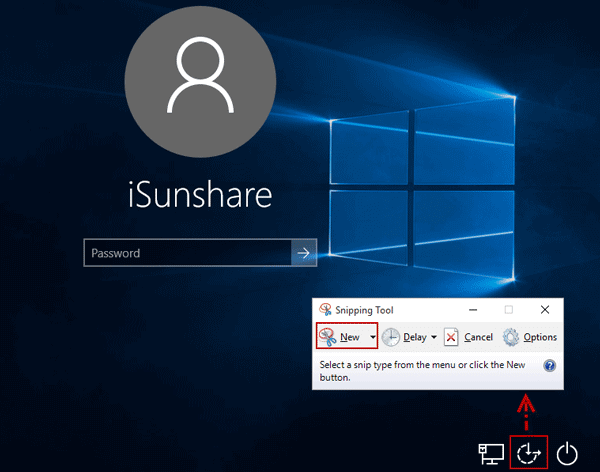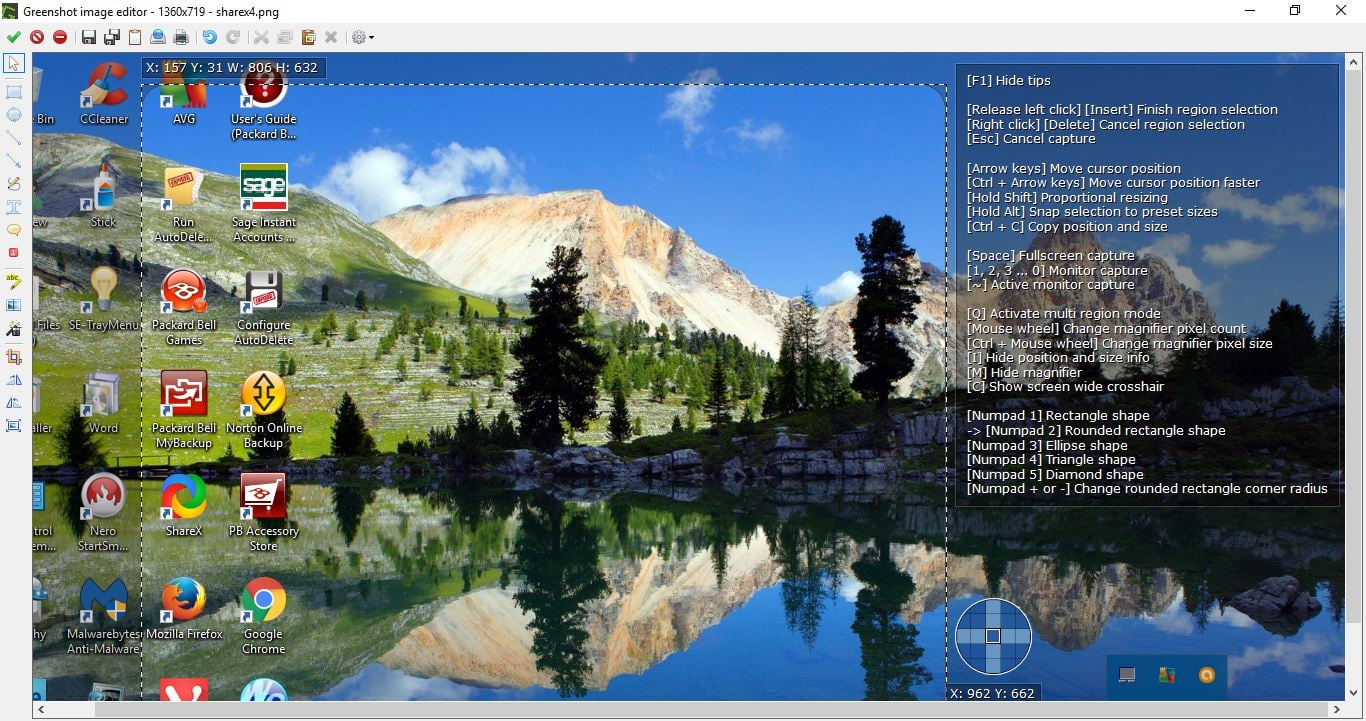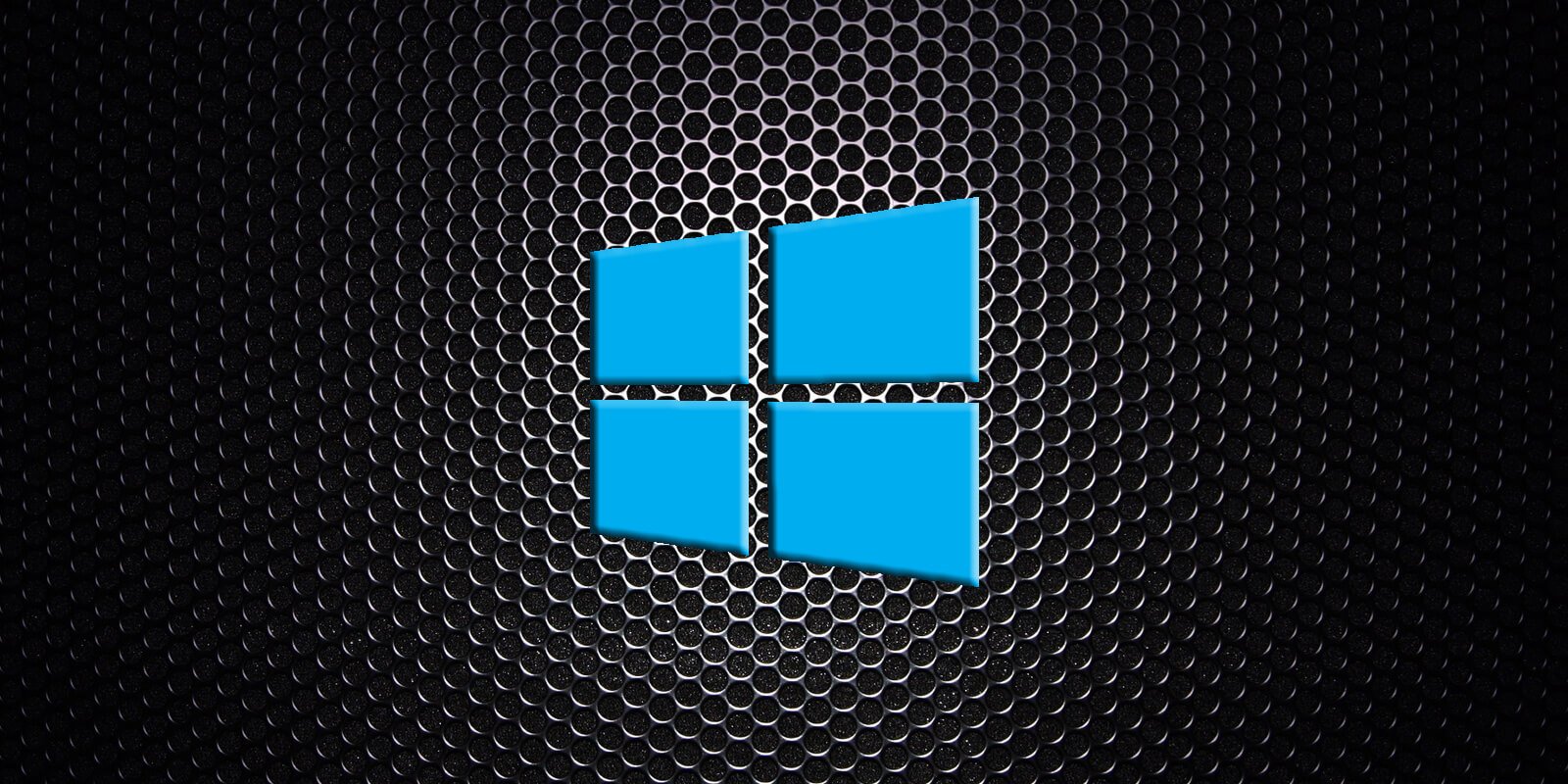

- WINDOWS 10 IMAGE CAPTURE INSTALL
- WINDOWS 10 IMAGE CAPTURE UPDATE
Running Sysprep and Copying the Boot Image.Enter the destination name, username and password to connect to the share.Insert the USB stick or mount the ISO image.Insert the USB stick or mount the previously created Capture ISO image Google Chrome and 7-Zip are well installed.
WINDOWS 10 IMAGE CAPTURE UPDATE
), take advantage to update Windows / Office, then forget to perform a disk cleanup in order to save the place 😉
WINDOWS 10 IMAGE CAPTURE INSTALL
Install the software that you need, configure them if necessary (license, config file, other. If you don't have it anymore, you can open it here: C: \ Windows \ System32 \ Sysprep \ sysprep.exe

If you need to restart or shut down the PC, you can do so through the Sysprep window by selecting "Restart in Audit mode" Our computer restarts in Audit mode, be careful when Windows is in this mode, never lock the session, because the Administrator password is not known and it will no longer be possible to go back without starting over.

Select the disk / partition on which installed WindowsĪfter the first restart, press the CTRL + SHIFT + F3 keys to restart in "Audit" mode. We validate and wait during the creation. We select the boot image and distribution point. In my case I'm going to do a capture ISO. Software Library> Operating Systems> Task Sequence and click on Create Task Sequence Media. To do on the SCCM server Create a USB flash drive or capture ISO image It's the "old-fashioned" method, we install the OS, configure the software, then capture the image, this is the method I mainly use, because where I work we have applications which must be specifically configured or licenses configured, without the possibility of automation. The manual method and the "Build & Capture" method 1 - The manual method SCCM being flexible on this side, I will introduce you to the two methods I use in everyday life. In order to quickly deploy a large number of PCs with pre-installed software, it is advisable to make a WIM image. Start on the Build & Capture task sequence. Creating the Build & Capture task sequence. Create a USB flash drive or capture ISO image.







 0 kommentar(er)
0 kommentar(er)
